Note: this is a complex project with many details. For the short version, please see:
Portable environmental monitor presentation
Production ready design document
Introduction
Last year (2014) I put my spare time to some really good use: I designed my first hardware product from scratch, and after prototyping and fixing software and hardware bugs it moved to production. This is how uRADMonitor was born, the first automated global radiation monitoring system, materialising in a short term a very ambitious goal!
The efforts have been recognised, and uRADMonitor went into semifinals in the HackADay.io 2014 competition. I didn't conquer the space, but did a good job at ground level, spreading the network across several continents.
Now, the stakes are high: build something that matters! I like challenges, but even more I like putting my knowledge into the service of my fellows, for making life at least a fraction better. Using the previous uRADMonitor experience, the plan is to use the current global network infrastructure and create a new mobile unit device, handheld - but packed with powerful sensors to measure pollution parameters, both chemical (toxic substances) and physical (radioactive substances). All data will be fused to the current uRADMonitor radiation data. Users will have the option to see trends in particular areas (far better then isolated / absolute measurements), or receive alerts when certain limits are reached.
Alternative uses include car exhaust checking, soil prospecting, or basement radon monitoring. The units act both as low power handheld dosimeters, but can be also deployed as monitoring nodes.
The rich collection of sensors cover alpha, beta and gamma detectors, and air quality sensors including basic parameters but also flammable and toxic gases. The new devices (called generically uRADMonitor model D) have a generous large colour touchscreen, a rechargeable battery and WLAN 802.11B/G/N connectivity, huge improvements over the radiation-only model A unit, featured in the previous project entry.
A totally new device, pushing the environmental surveillance to the next level, by using a veryfied global infrastructure of fixed detectors.
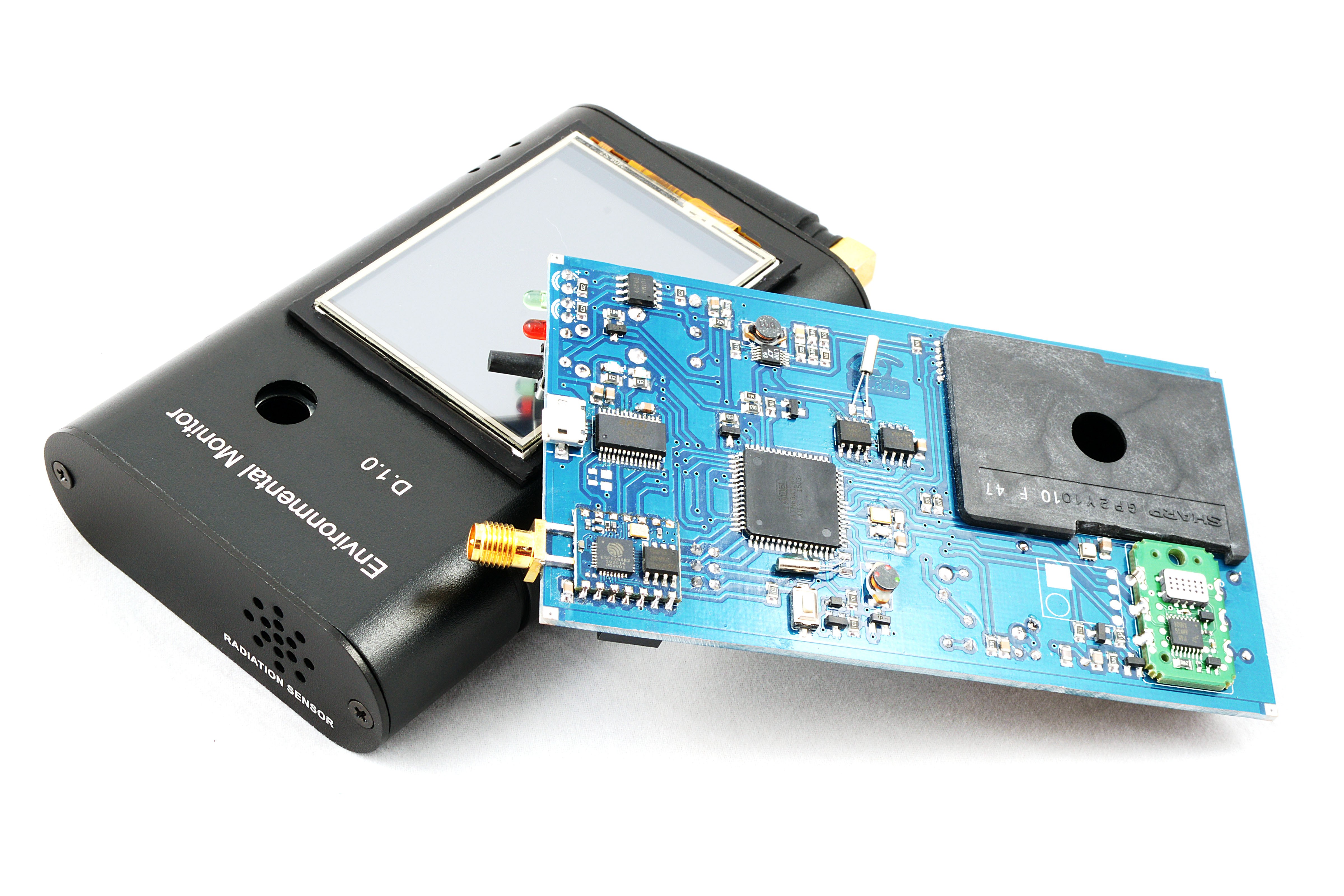
About innovation, obstacles and design details
Soon after building the Radiation Network I realised there are other problems, with higher occurrence than nuclear incidents. Friends suggested extending the capabilities of this infrastructure to cover pollution, something we're all facing daily, in our crowded cities. These were the first directions. I also wanted to go for another durable construction, so I had to drop any form of plastic enclosures in favour of rugged aluminium. After all, that's how the last year's uRADMonitor units were built as well. It also had to be small enough to fit the palm of the hand for easy use. These initial requirements shaped the general guidelines of the upcoming product, but identifying the right sensors was still problematic. Particularly air quality was a vague term, implying many physical and chemical factors. The available sensors are either prohibitive because of cost or are energy hungry. Yet, a solution became available with the MiCS-VZ-XX sensors developed by a company in Switzerland, capable of detecting CO2 and VOC conveniently. Next step was finding a way of measuring dust and ensuring a dynamic flow through the air channel. That was done by using power dissipated by a regulator to heat the base region of the dust sensor and put air in motion, via a copper sheet. No energy wasted in vain, and everything was packed as compact as possible, including the LND712 sensitive geiger counter and its high voltage inverter. We're set to detect all three popular types of ionising radiation and this adds alpha and beta to the previous gamma only detectors, to open the way for sensing other damaging factors like the Radon gas, an alpha emitter. The PCB was designed to support both BMP180 or the BME280 sensors from Bosch. Here's Beta vs. Production variants:...
Read more » Radu Motisan
Radu Motisan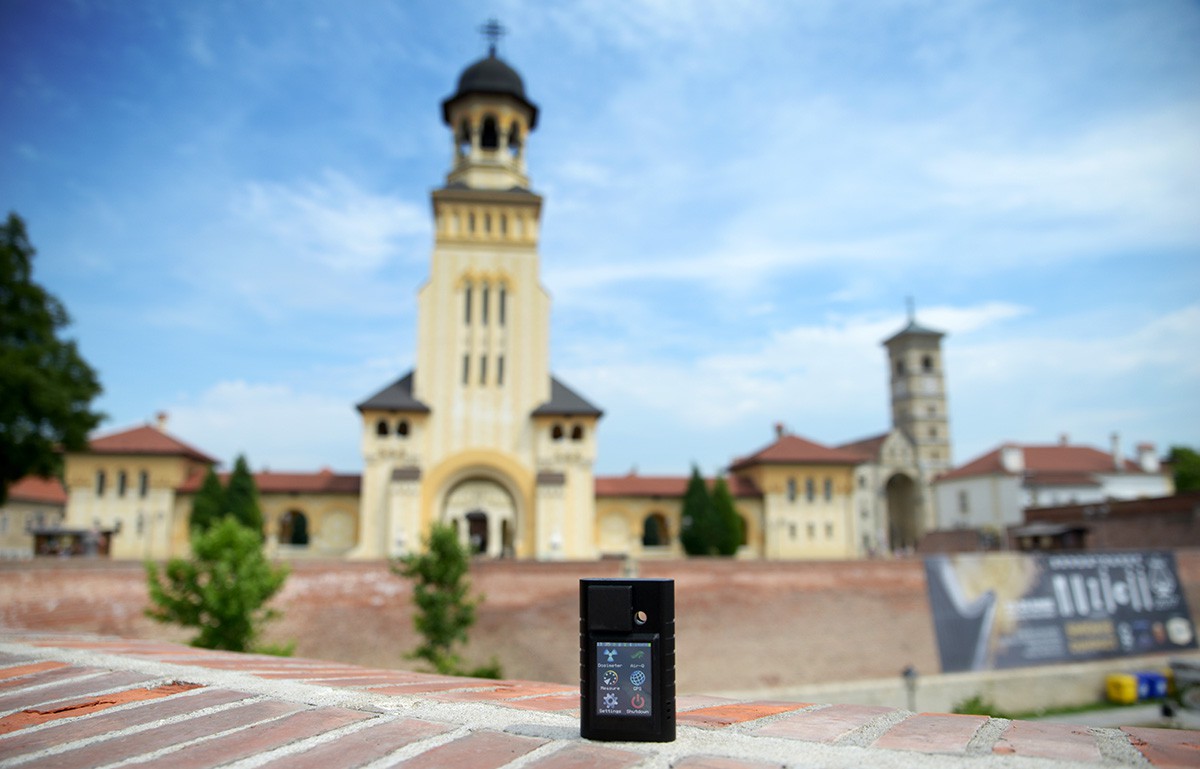
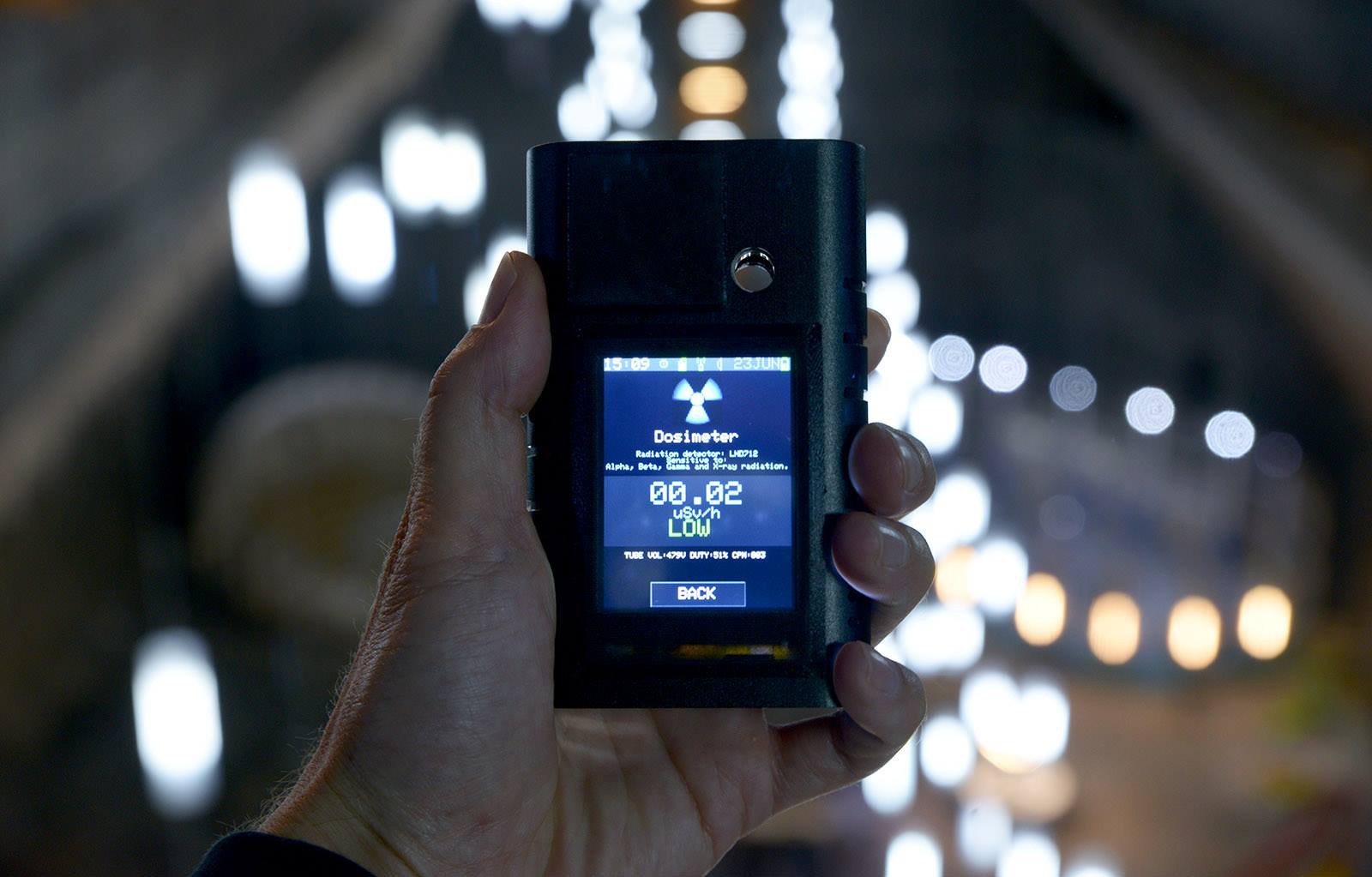
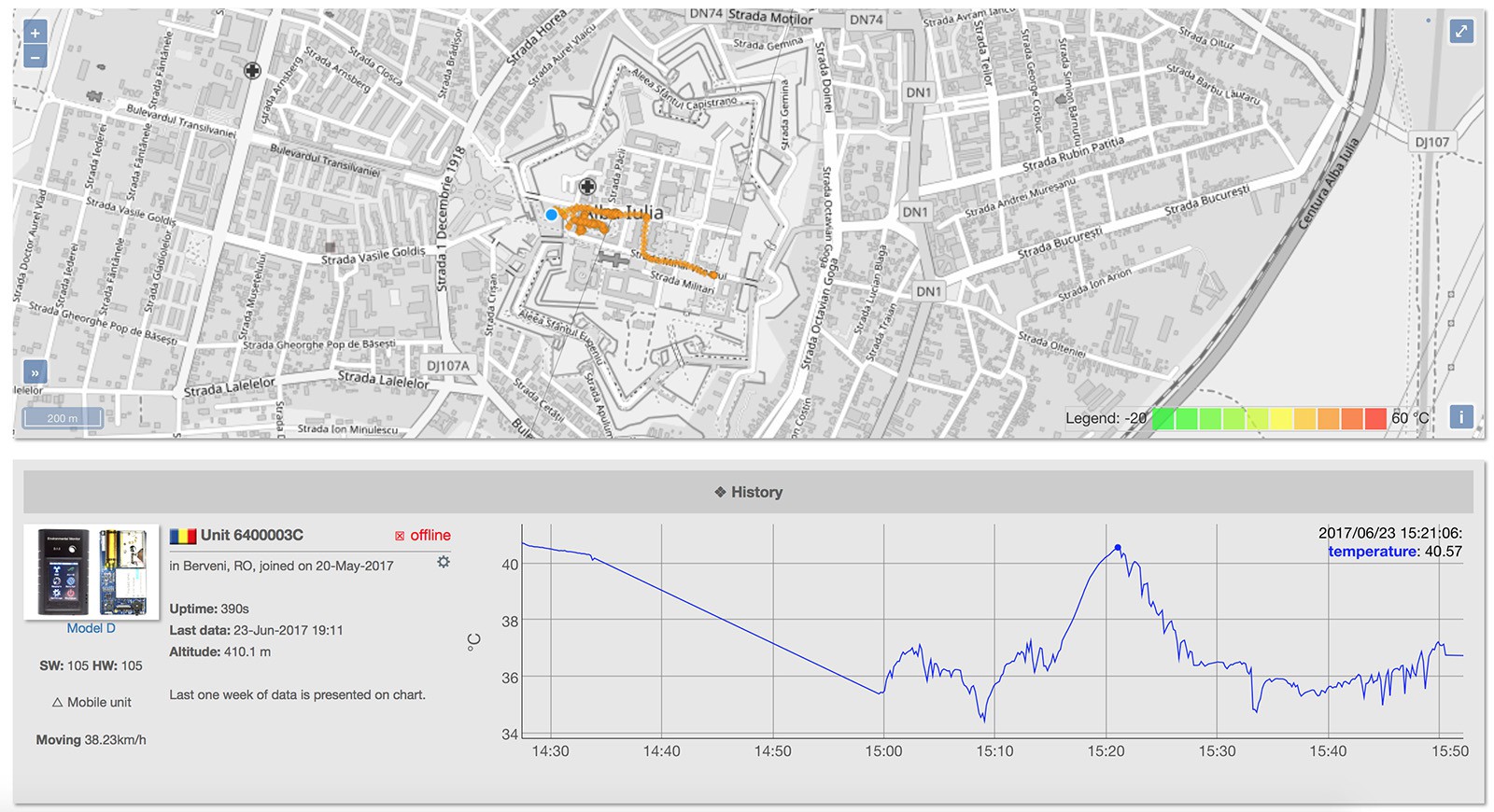

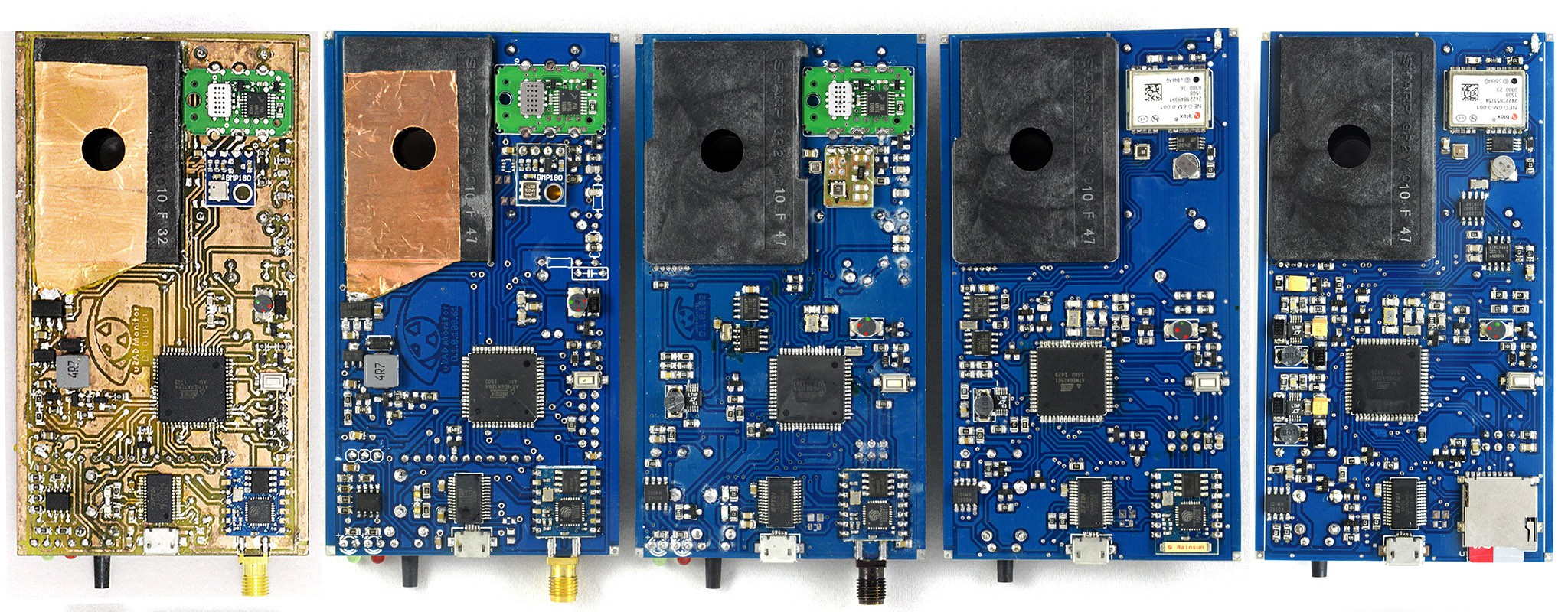

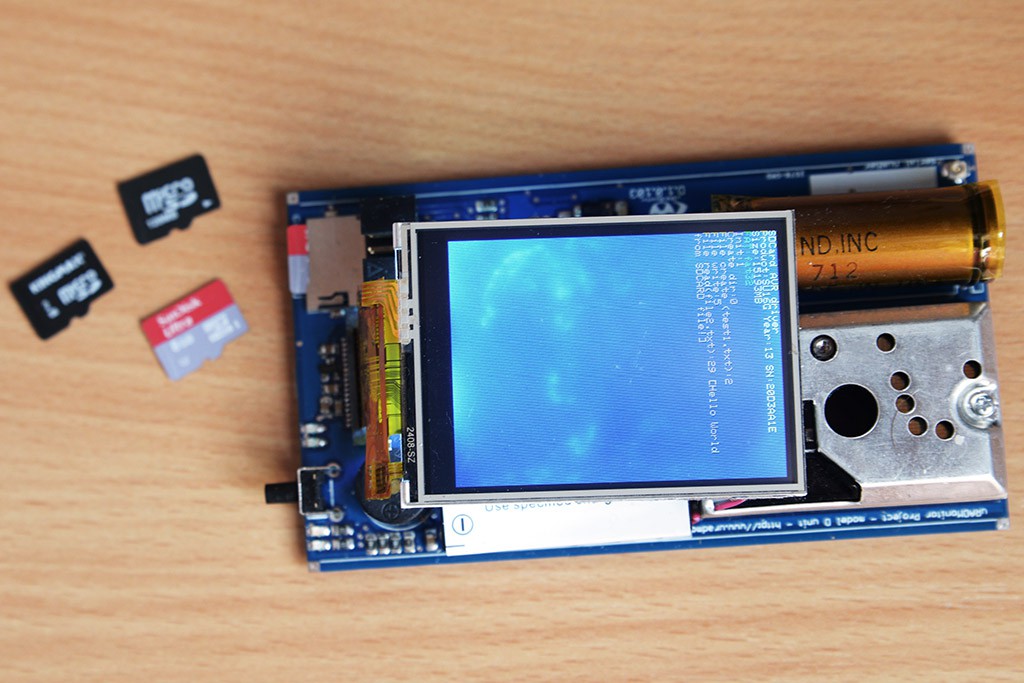







 The BME680 is an integrated environmental sensor developed specifically for mobile applications and wearables, where size and low power consumption are key requirements (
The BME680 is an integrated environmental sensor developed specifically for mobile applications and wearables, where size and low power consumption are key requirements (










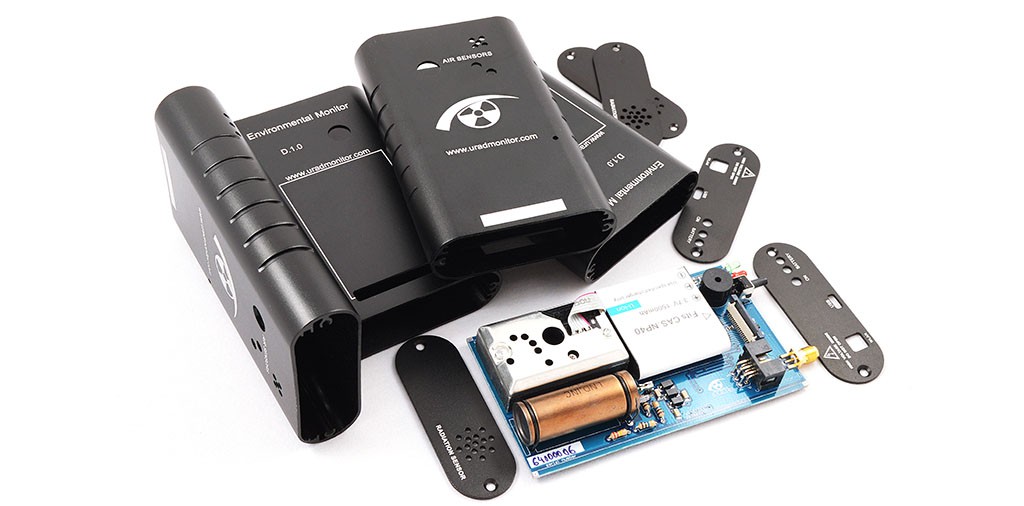
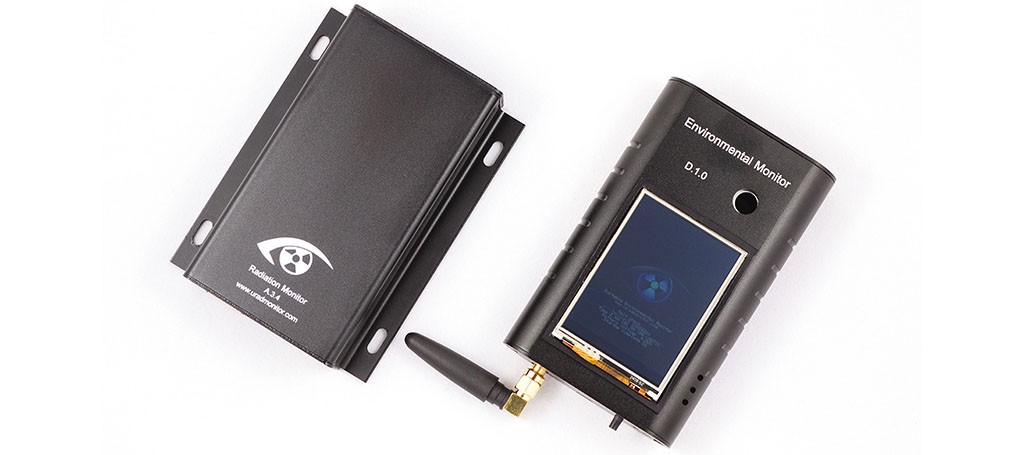

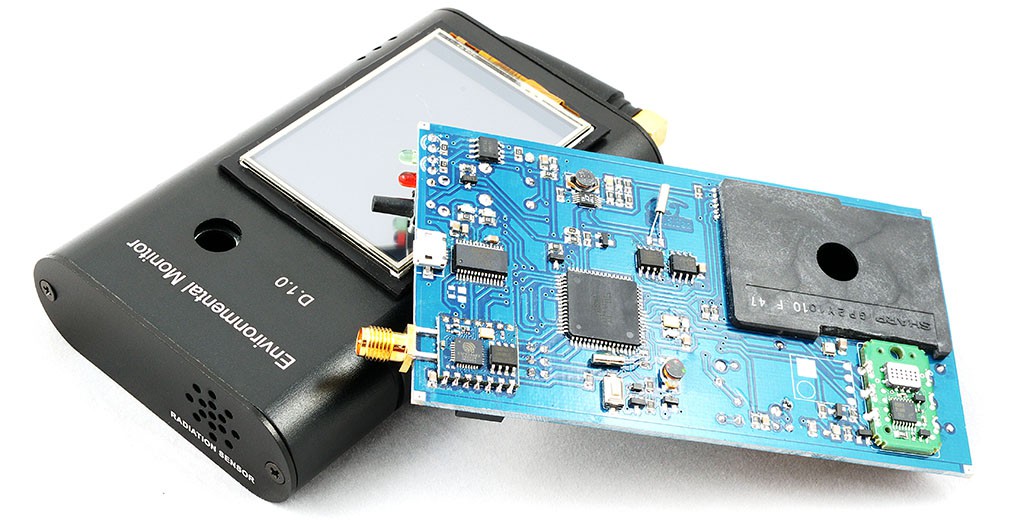

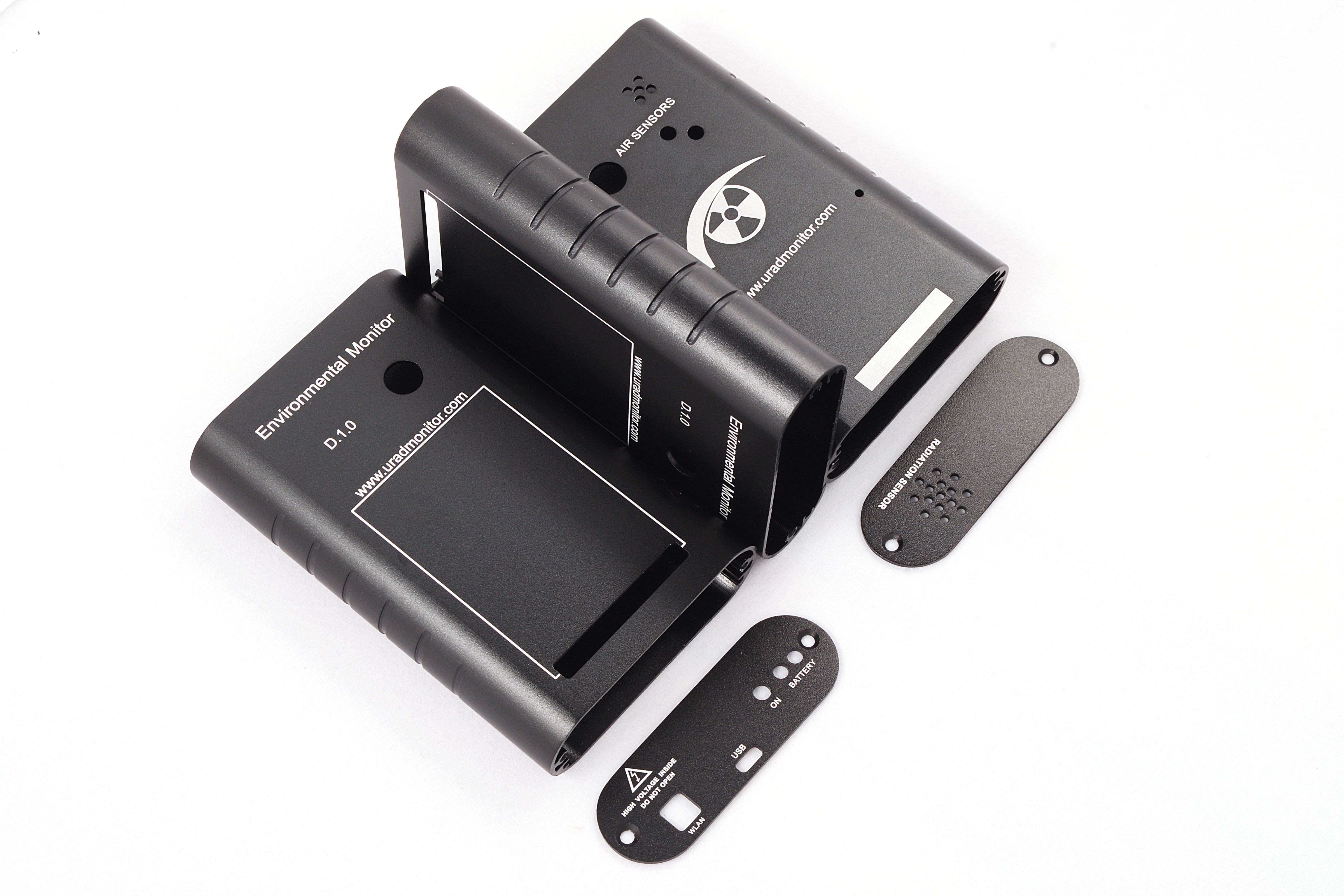
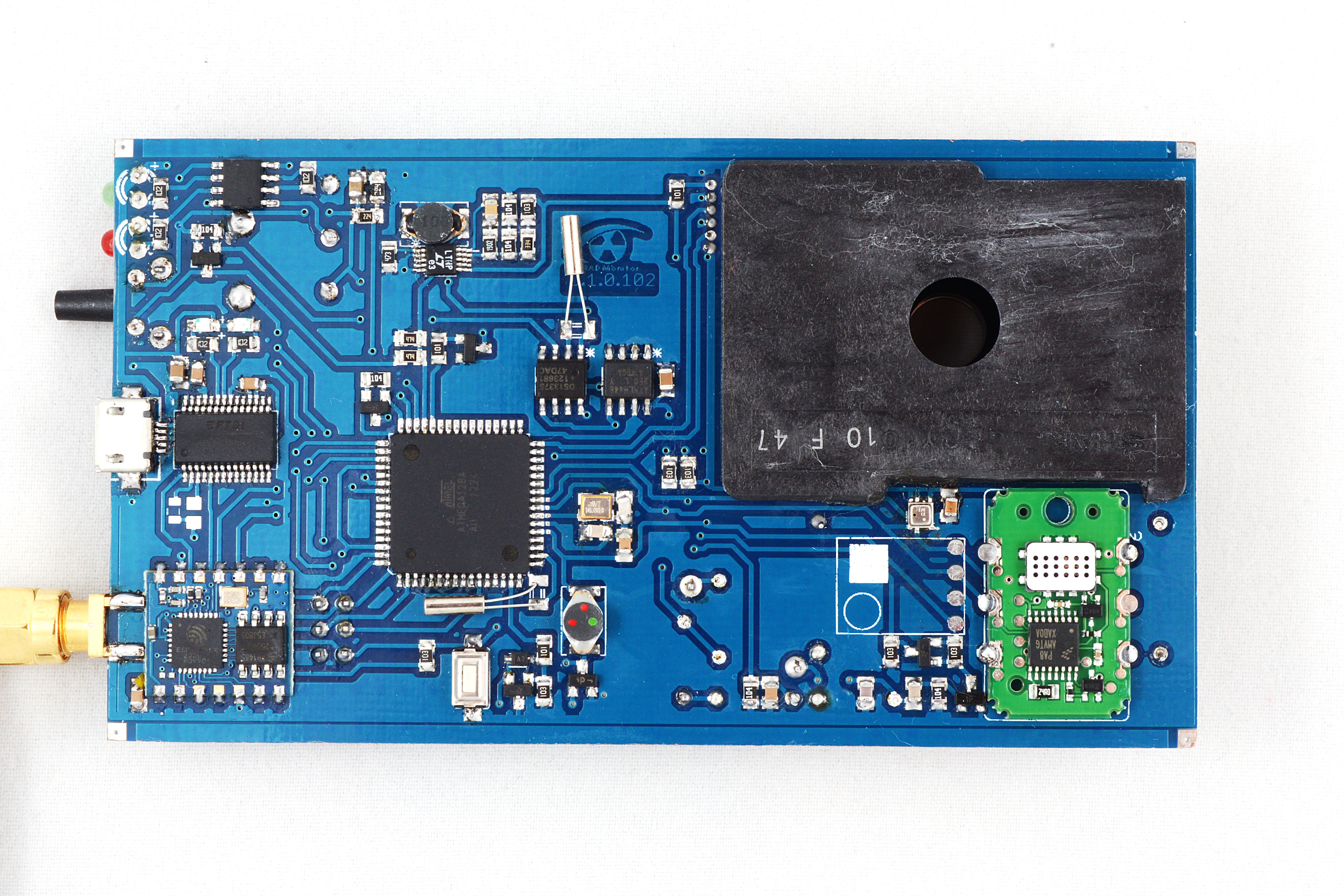

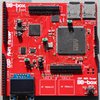







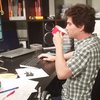


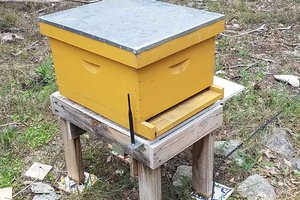
 sparks.ron
sparks.ron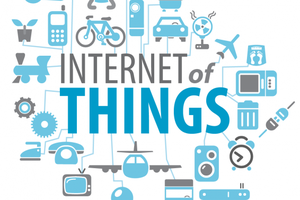

 Bruno Laurencich
Bruno Laurencich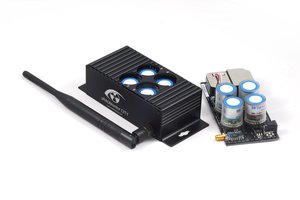
I'm working on the same screen of monitor. I have read some good reviews of it online on some blogs like this https://allaboutmonitor.com/